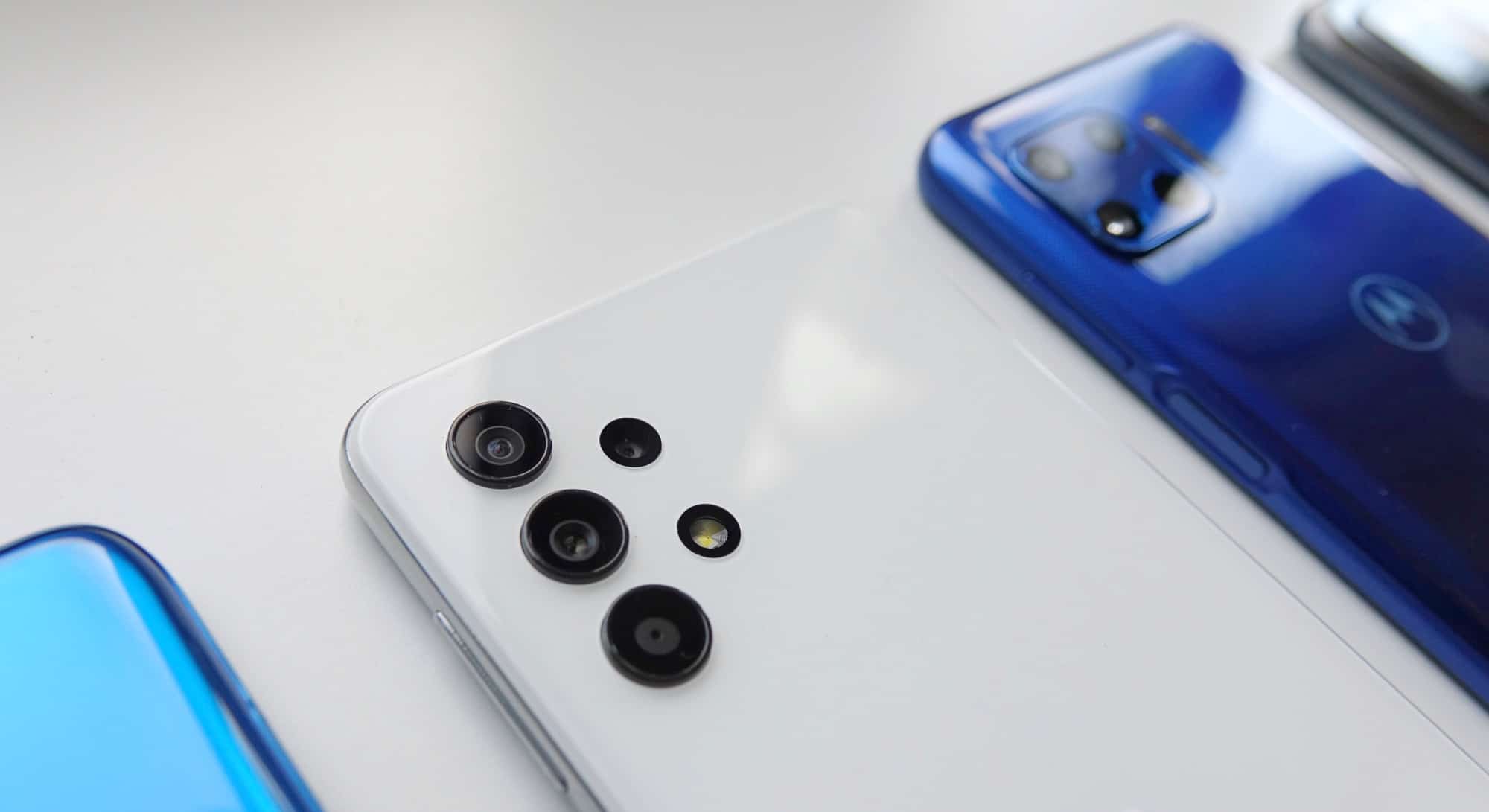This week on The Wrap, covering faster 4G, inexpensive 5G, Nintendo’s new OLED portable console, and a couple of wireless noise cancelling earphones reviewed, all in five minutes.
Subscribe to The Wrap at Apple Podcasts…Transcript
For the week ending July 9, you’re tuned into The Wrap, Australia’s fastest technology roundup, and while NSW where The Wrap is recorded feels a lot like John Oliver’s white box in lockdown — nothing escapes but our constant chatter — this week there have been more numbers than just the number of cases rising.
For instance, there’s the numbers 4 and 5 this week, both of which were accompanied by the letter G, because 4G and 5G are things people care about.
4G has been out for nearly ten years, and this week, if you happen to be a Telstra or Vodafone customer in major Australian cities, you’ll see improved download speeds. That’s thanks to Telstra and Vodafone working together to re-stack the 4G spectrum, resulting in better speeds overall.
In the 5G world, we’re seeing more happen there, but for different reasons. 5G is supported by every major telco locally, but the big news is how inexpensive the tech is becoming. You no longer need to spend big to get 5G, with $500 netting a 5G phone these days.
There are five in Australia, from the Realme 7 5G, TCL 20 5G, Moto G 5G Plus, Samsung Galaxy A32 5G, and the Oppo A54 and A74, the latter of which are the same, but with different memory and storage.
So this week, we threw those five into a best-of battle, and came up with the winners. They’ll all get you those 5G speeds under a big screen, and all should get you over a day of battery life. They’ll all get you several cameras for under $500, but our reviews found Motorola’s G 5G Plus to be the better of the bunch, outpacing the TCL 20 5G slightly, with the rest just behind. Realme offers a fast screen, Samsung’s cameras seem a little better, and Oppo gets in with less expensive phones overall.
But they all offer 5G for a relatively cheap price these days, meaning 5G doesn’t need to be an expensive feature at all.
So that’s one number, but there’s also the number 120, which is the refresh rate select LG TVs will be supporting in the coming weeks. It’s coming to the C1 and G1 in the current crop of OLED TVs, supporting 120Hz HDR in 4K, handy for gamers keen to play games with super slick and smooth animations.
It won’t be coming to every TV LG makes, making it kind of like its update to the webOS TV operating system. WebOS 6, another number, is a new version found on 2021’s TVs, but it won’t be coming to a TV you bought last year, or anything else before it.
We asked about that at CES earlier in the year, and recently for the launch, and nothing has changed. It seems all the good stuff is coming to the new TVs, but only the mid and high-end models, because this year’s A and B series miss out on the 120Hz love, too.
There’s also the number 540, which is how much a new Nintendo Switch will cost when it launches in October.
That’s the news coming about the OLED version of the Nintendo Switch, upgrading the screen technology to support the same tech as what LG is using in those premium TVs, with organic diodes that switch on to show colours, and switch off to show black.
The new Switch will cost $540 in Australia when it launches in October, and include a kickstand for keeping the console upright, plus a new dock with a wired Ethernet port for online gaming. Surprisingly, it doesn’t come with Bluetooth, meaning earphones will be plugged in with a cable.
We’re not used to seeing earphones with a cable these days, but there were two models of wired earphones this week from Campfire Audio, producing in-ear monitors in the Mammoth and Holocene, which venture near the thousand dollar mark.
They’re a far cry from two pairs of truly wireless earphones we checked out this week, the Huawei FreeBuds 4i and the Sennheiser Momentum True Wireless 2, both models with numbers in their names.
Both also come with active noise cancellation and a good seven hours of battery life before needing to be thrown back in the case, but that’s where the similarities stop.
At $159, Huawei’s FreeBuds 4i are an inexpensive take on entry-level noise cancellation, because noise cancellation doesn’t typically come under the $200 mark.
There’s no app and little in the way of customisation, but the sound will be acceptable to most. Decent highs, acceptable mids, but bass that needs work, lacking detail.
That’s distinct from what Sennheiser has achieved in the Momentum True Wireless 2, a $500 pair of earphones that promises strong sound, great balance, solid noise cancellation, and controls that can be customised with an app.
They’re great earphones that are easy to fall for, even though the price is a little too high. At $500, Sennheiser has outpriced both Apple’s AirPods Pro and Sony’s WF-1000XM4, benchmarks in the range. But with no wireless charging in the Sennheiser, it’s hard to say these are the best.
But they’re more comfortable than the last gen and offer great sound overall, making Sennheiser’s Momentum True Wireless 2 worth checking out if you’re looking for a great pair.
For now, you’ve been listening to The Wrap, Australia’s fastest technology roundup. A new episode can be found every week at Listnr, Spotify, and Apple Podcasts. Otherwise, have a great week, and we’ll see you next time on The Wrap, and take care.





